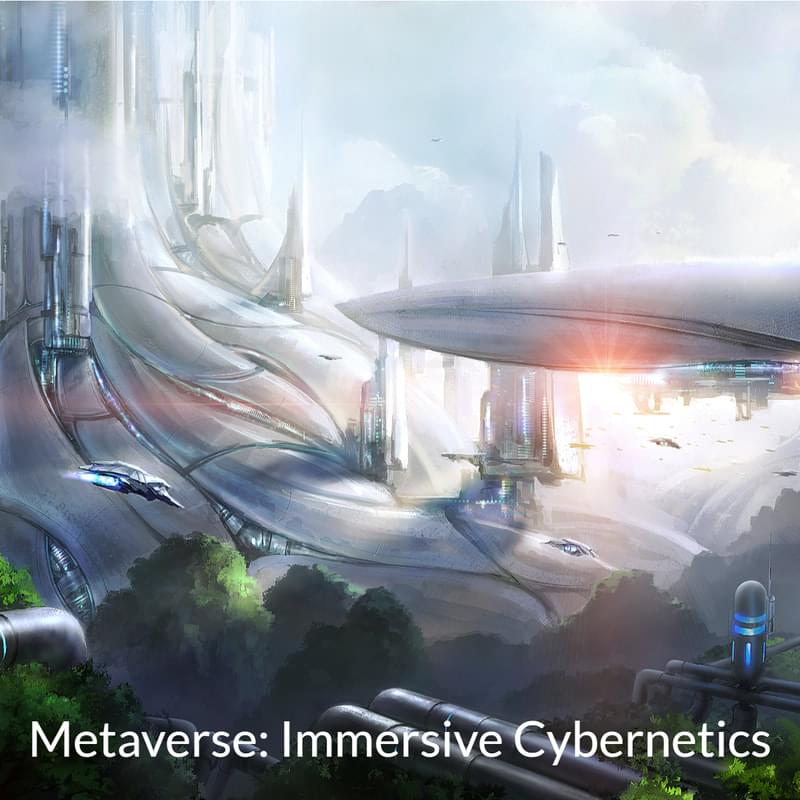From guerilla gardening to pop-up parks, tactical urbanism is catching the world by storm. The growing movement is characterized by the temporary altering of city infrastructure through citizen-led initiatives. These efforts are inexpensive and intended to improve the functionality, safety, and enjoyability of neighborhoods and gathering places.
At its core, tactical urbanism is a commitment to community carried out by residents who care about the health of their cities. It was born out of frustrations with the slow and complex process of city-approved infrastructure improvements, and it’s turned into a channel for activists to accelerate change in their communities.
The Growing, Tactical Urbanism Movement
The people who live, work, and socialize in a city are often the most in tune to its infrastructure needs. However, traditional methods of urban planning can leave citizens feeling disconnected from how changes are implemented in their own communities.









